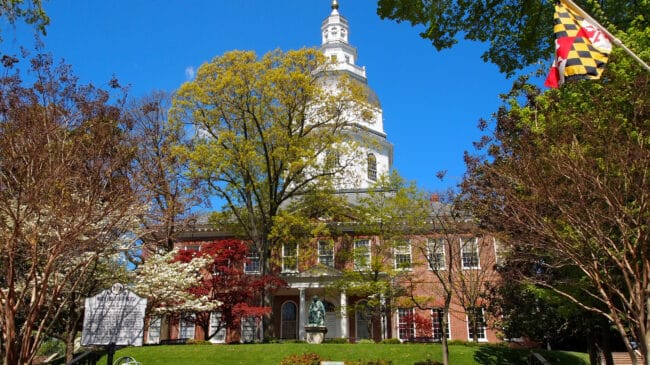The motor fuel tax, the largest funding source for Maryland’s highways is losing its purchasing power. A combination of electric vehicles, hybrid vehicles, and improved fuel-efficiency of conventional vehicles has caused the fuel tax to lose more than 50% of its purchasing power over the last 30 years. The fuel tax is similar to a rockstar on his farewell tour, in that both are past their prime. Maryland needs to replace the fuel tax with a new more sustainable revenue source.
1. Advantages of users-pay systems
- Fairness: Those who pay the user fees receive the benefit
- Proportionality: Those who use more highway services pay more, those who use less pay less
- Self-limiting: Limits on how the tax can be used as well as its size
- Predictability: Produces a revenue stream independent of government budgets
- Investment signal: The users-pay mechanism provides a way to answer the question of how much infrastructure to build
- Other users-pay funding sources
- Increased registration fee: Already on the higher end at $221 per year
- Tolling: Promising on new capacity, bridges and tunnels but not realistic on surface streets and local roads
- Other options such as tire fees for light-duty vehicles can be expensive to implement and don’t generate sufficient revenue
- Non-users pay sources have their own weaknesses
- Overall weakness: Cannot be bonded against because revenue is not guaranteed
- Overall weakness: Planning for projects becomes challenging with uncertain revenues
- Statewide sales tax: Must compete with other budget priorities and would create a very regressive tax climate
- Statewide property tax levy: Would infringe on funding mechanism for local governments and worsen overall housing costs
- General fund revenue: Must compete with other priorities; revenue varies significantly from year to year
- Have Delaware pay for it: Would not survive court challenges
Full Backgrounder: Transportation revenue options in Maryland


